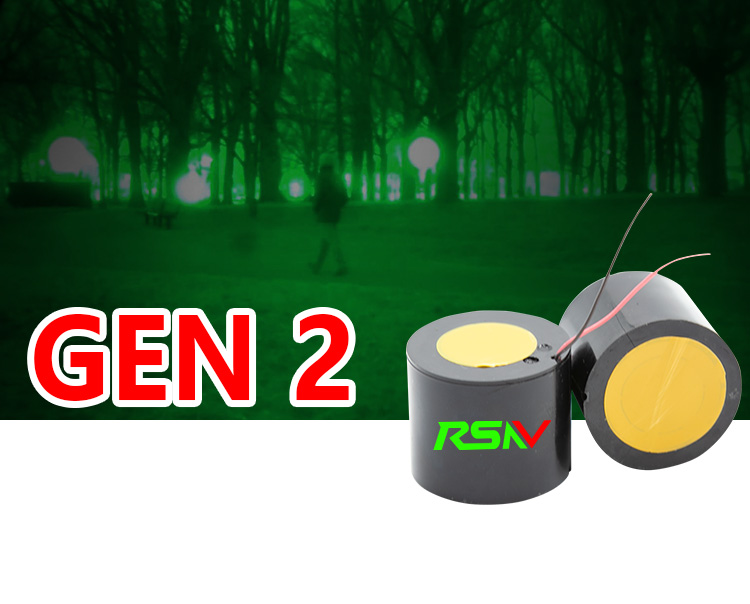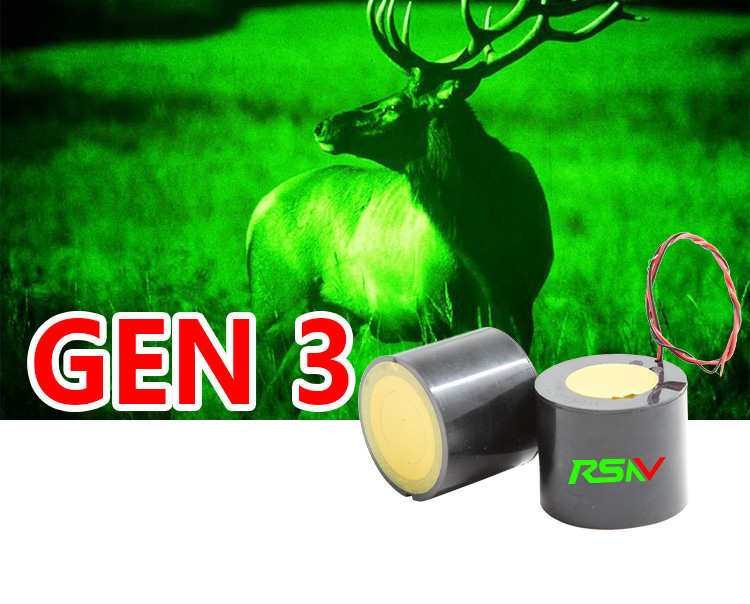Common terms used for Image Intensifier tubes
Sales Engineer: Grace Gao
Email: grace@bri-elec.com
WhatsApp: 0086-199 2997 5286

Gating
An electronic gating (or "gating") is a device that opens and closes the image intensification tube in a controlled manner. Electronically gated image intensifier tubes function like a camera shutter, allowing images to pass through when the electronic "gate" is activated. Gating duration can be very short (nanoseconds or even picoseconds). This makes gated image intensifier tubes ideal for research environments where events of short duration must be captured.
Typically, gating is used to synchronize imaging tubes to events whose onset cannot be controlled or predicted. In this case, "gating electronics" can be used to synchronize the gating operation with the start of the event.
There are many examples of the use of gated imaging tubes. Due to the combination of the very high speeds at which the gated tubes can operate and their light amplification capabilities, the gated tubes can record specific parts of the light beam. When a pulsed beam is fired at a target, by controlling the gating parameters, it is possible to capture only part of the light reflected from the target.
ATG (auto-gating)
An automated gating tube gates the image intensifier inside to control the amount of light passing through the microchannel plate. Gating occurs at high frequency, and by varying the duty cycle to maintain a constant current drawn from the microchannel plate, the tube can be operated in brighter conditions (such as daylight) without damaging the tube or causing premature failure. Automated gating of image intensifiers has military value because it can extend operating hours and enhance vision at dusk while providing better support for soldiers encountering rapidly changing lighting conditions.

Sensitivity
The sensitivity of an image intensifier tube is measured in microamps per lumen (μA/lm). It defines how many electrons are produced for each amount of light falling on the photocathode. The measurement should be taken at a specific color temperature, for example "color temperature is 2854 K". The color temperature at which this test is conducted tends to vary slightly between manufacturers. Additional measurements at specific wavelengths are often specified, particularly for Gen2 devices, such as 800 nm and 850 nm (infrared).
Typically, the higher the value, the more sensitive the tube is to light.
Resolution
More accurately called ultimate resolution, tube resolution is measured in line pairs per millimeter, or lp/mm. This is a measure of how many lines of varying intensities (from light to dark) can be resolved within a millimeter of screen area. However, ultimate resolution itself is a measure of the modulation transfer function. For most tubes, ultimate resolution is defined as the point at which the modulation transfer function becomes three percent or less. The higher the value, the higher the resolution of the tube.
However, an important consideration is that this is based on the physical screen size in millimeters and is not proportional to the screen size. Therefore, the overall resolution of an 18 mm tube with a resolution of approximately 64 lp/mm is higher than that of an 8 mm tube with a resolution of 72 lp/mm. Resolution is usually measured at the center and edges of the screen, and picture tubes usually come with both numbers. Mil-spec or mil-spec tube only has standards like ">64 lp/mm" or "greater than 64 pairs/mm".
Gain
The gain of electronic tubes is usually measured in one of two units. The most common (SI) unit is cd · m − 2 · lx − 1, which is candela per square meter per lux. The older convention was Fl/Fc (foot Lambert per foot candle). This poses a problem for comparing gain measurements, as neither is a pure ratio, although both are measured as values of output intensity and input intensity. This creates ambiguity in the marketing of night vision devices, as the difference between the two measurements is actually pi or approximately 3.142x. This means that the gain of 10000 cd/m2/lx is the same as 31.42 Fl/Fc.


